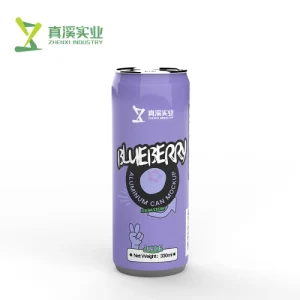Scented tea brew, using a combination of temperature & time and technique to perfect its flavor and aroma. In scented tea, traditional leaves are combined with flowers and fruit-the jasmine oolong above reflects a blend of the two-like higher-end sage-green flecks among yarns festooned in rose-shaped coils or oak-leaves. This process can add faint fragrance of flowers or fruits in the tea, improving both taste and smell.
Quality tea leaves are key to the production of scented teas. Choose high-quality loose leaf tea, because it has more of the natural oil and flavor retained than tea bags. Prii: Whole, unbroken leaves that you want to see which means minimal processing and maximal flavour extraction. On the other hand, sales at specialty shops continue to grow about three times faster than all marketplace channels combined and loose leaf tea represents 15% of total U.S. tea market volume according to The Tea Association of the USA as consumers are increasingly looking for both convenience AND high quality products!
The quality of water, as well as the brewing temperature play a crucial role in making scented tea. To avoid any added impurities that may distort the taste of your tea, use filtered or spring water. The perfect water temperature differs according to the sort of tea: 4 green teas (160-180°F/70–80°C), and black teas require barely greater temperatures (200-212°F/93–100°C). A thermometer is useful in getting to the exact temperature, all too easy for one or two leaves of frog-sweat delicate Lu An Gua Pian come over-brewed and turn bitter.

The brewing time is, in addition to the quality of scented tea another important aspect. Brewing it too long can result in a bitter or astringent taste, while if leaves not brewed enough you may find the tea flavorless. Scented teas usually have a recommendation of 3-5 minutes for steeping time but the actuality depends on personal preference and exactly what type you are making. The Chinese Tea Culture Society recommends tasting it every minute after the first three minutes until perfect balance is found.
Determining the perfect quantity of plant tisane is important too. 2 grams of tea leaves for every 8-ounce cup is a good rule. For beginners, a tea scale can aid in exact measurements and consistently good tasting teas. Accurate measurement preserves the taste and aroma of our tea strength.
The teaware you choose will also influence your brewing experience and the taste of the final product. Glass or porcelain teapots are recommended for scented teas, as they do not retain the scent of previous brews and allow the color to be appreciated in full. Others like to use traditional Chinese gaiwans, a practice that can enhance the visual and olfactory aspects of gauging your tea.
As the Famous tea master Lu Yu so profoundly put into his classic work "The Classic of Tea", "Tea is drunk to forget the hegemony of human men. This quote underscores the need for making, not just consuming tea by flavor or feeling it contrasted with scent and peacefulness.
As well as brewing correctly the correct scent of tea can also help to improve your mood suitable for that occasion. For instance, jasmine tea has a soothing effect which is excellent to relax yourself in the evening, while osmanthus scent tea smells sweet and fruity so you can drink it during afternoon meetings. If you know the feature of each scented tea, based on your own palate likes can be carried forward to brew different flavors.
But crafting the idea scented cup of tea seems like more art than science - a delicate journey through meticulous steps and emotions to capture aromas hidden, evolving in flavors so subtle. Consequently, the precise ingredients, measurements and steeping process will ensure that a tea drinker can enjoy these aromatic flavors in their correct form - taking your senses on an amazing journey while providing you with tranquility during a hustle-filled day.
